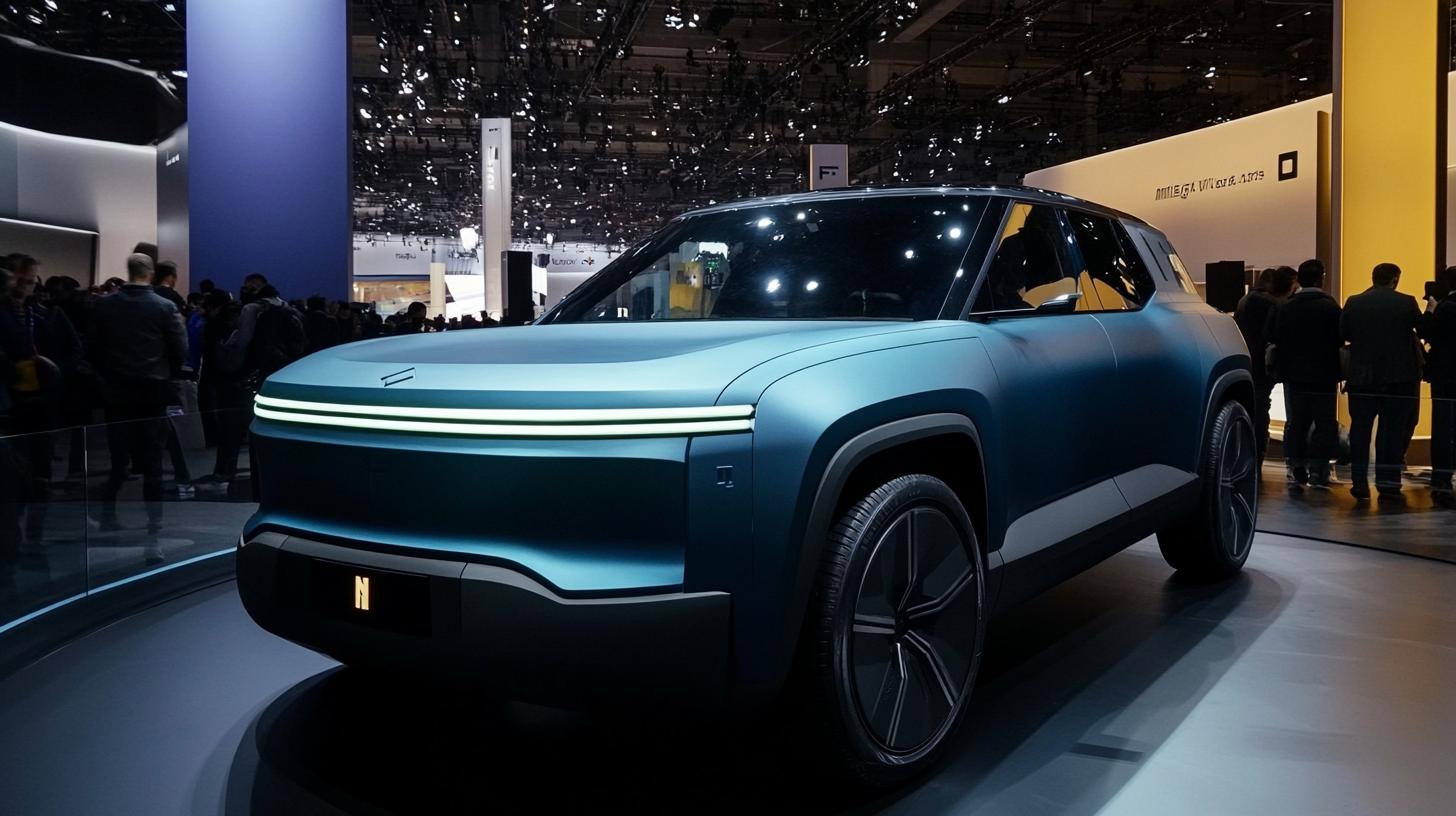In a surprising turn of events, Northvolt AB, the prominent European battery manufacturer founded by former Tesla executive Peter Carlsson, is facing significant challenges amid a court-monitored restructuring. As the company grapples with financial hurdles, its bold ambitions to lead Europe’s battery industry hang by a thread.
On Friday, Carlsson announced his resignation, taking a step back to allow fresh leadership to tackle Northvolt’s restructuring efforts. Despite stepping down as CEO, he remains an advisor and board member as the company seeks to stabilize and move forward.
Recently, Northvolt filed for Chapter 11 bankruptcy protection in Texas, citing a severe liquidity crisis with $5.84 billion in debt. With only $30 million in cash left, the company struggles to meet production targets and faces an uncertain future. Even so, Northvolt has plans to concentrate efforts on its main Swedish factory and two other major projects in Germany and Canada, which have been temporarily put on hold.
This crisis highlights the volatility within Europe’s burgeoning electric vehicle (EV) sector, as once-ambitious growth forecasts face stiff challenges. Northvolt previously secured substantial orders worth $55 billion but reported a staggering $1.2 billion loss in 2023.
As part of the restructuring, Northvolt seeks new investment opportunities and may be forced to sell some assets. Canadian pension funds and automotive giants that heavily invested in the company’s future are watching closely as Northvolt navigates this tricky path. With the restructuring expected to wrap up by the first quarter of 2025, stakeholders remain hopeful for a turnaround.
Northvolt’s Financial Turmoil: What’s Next for Europe’s Battery Pioneer?
In a landscape where sustainable energy innovations are more vital than ever, the financial tumult at Northvolt AB represents a cautionary tale for the electric vehicle (EV) sector. Founded by Peter Carlsson, the former Tesla executive, Northvolt emerged as a beacon of Europe’s ambition to lead in battery manufacturing. However, its current financial predicament signals broader implications for the development of both humanity and technology.
Big Ambitions, Steep Challenges
Northvolt’s aspirations were sky-high, backed by an impressive $55 billion in secured orders. Yet, the reality of a $1.2 billion loss in 2023 underscores the volatility that companies face in the rapidly expanding EV market. This raises a pertinent question: Is the EV industry’s accelerated growth sustainable in the long run?
The Human and Technological Ripple Effect
The setbacks faced by Northvolt don’t just impact the company itself but ripple across multiple sectors. The slowing of major factory projects in Sweden, Germany, and Canada affects thousands of jobs and delays technological advancements in battery technology, which are critical for both EVs and the broader push for renewable energy.
Interesting Facts and Controversies
Northvolt had once been hailed for its innovative approaches, such as creating sustainable lithium-ion batteries with a significantly lower carbon footprint compared to traditional methods. However, the controversy arises around whether ambitious startups are pushed too quickly into massive scales of production, increasing the risk of financial instability.
Advantages and Disadvantages
The benefits of a successful Northvolt cannot be overstated: cleaner energy solutions, reduced CO2 emissions, and a strong European presence in the battery industry. Conversely, the downsides as showcased by their financial woes include potential overextensions, cash flow crises, and broader market instability, which can deter future investments in the sector.
What Are the Potential Solutions?
Several strategies might stabilize Northvolt, including attracting new investments, partnerships, and, unfortunately, potential asset sales to meet liquidity needs. How feasible are these interventions? And will they prompt a new trend in how budding tech ventures secure financial backing?
Links for Further Exploration
For those looking to explore the dynamics of battery manufacturing and the broader energy transition, websites such as Tesla and CATL offer insight into current industry practices and innovations.
As we watch Northvolt’s restructuring unfold, this period serves as a reflective moment on the sustainable pace of innovation. Only time will tell if Northvolt can pivot from its current crisis into a future stability that looks set to influence Europe’s place in the global battery race.






















